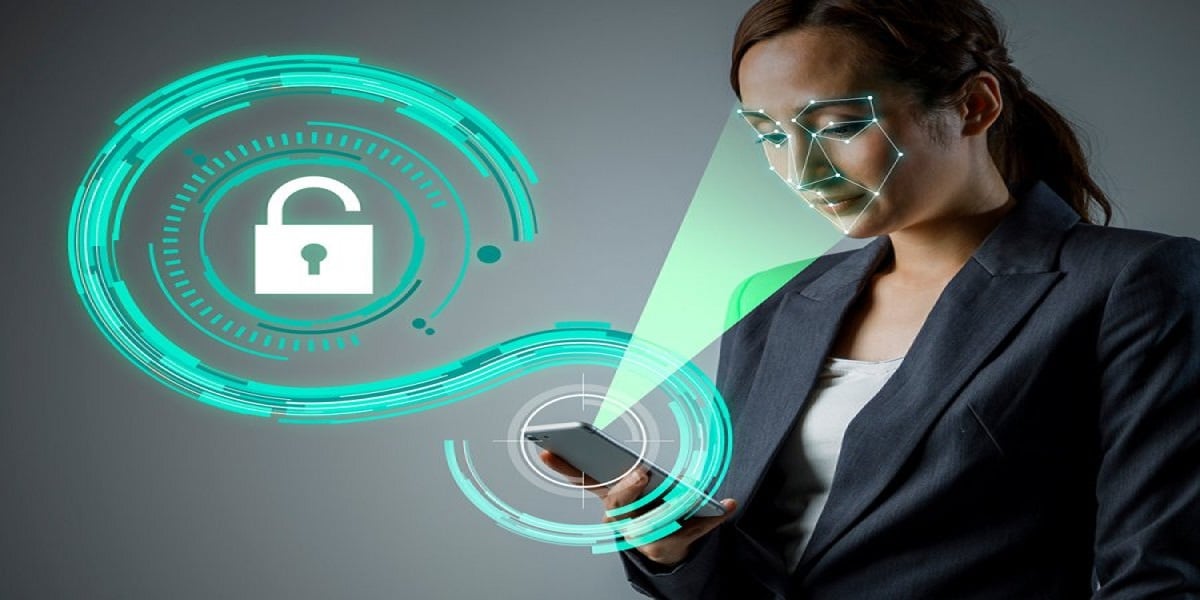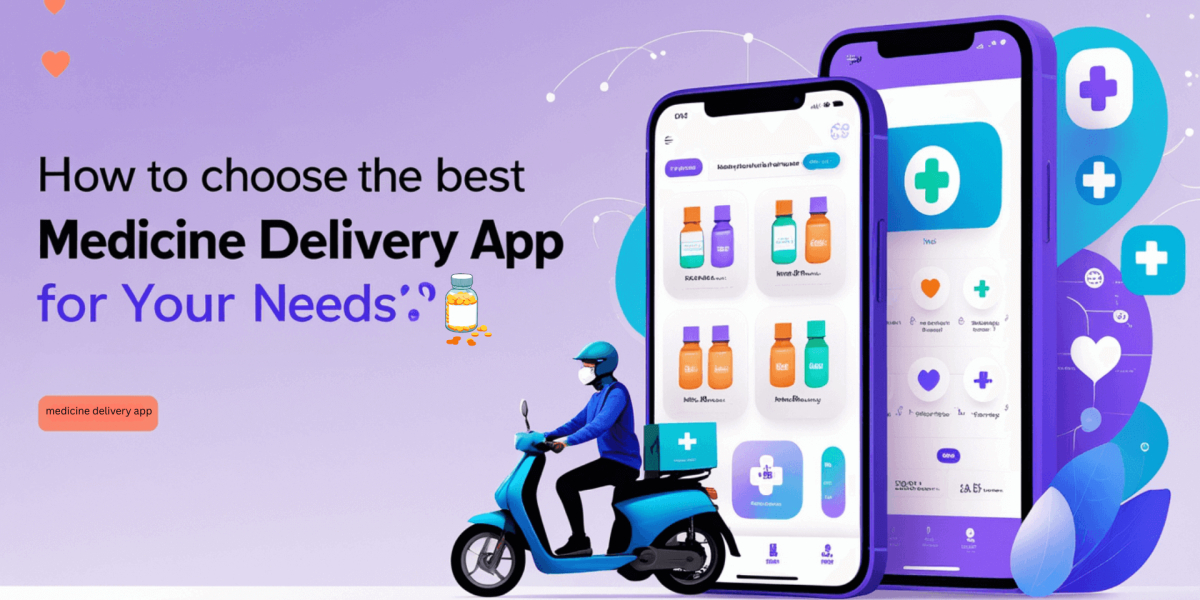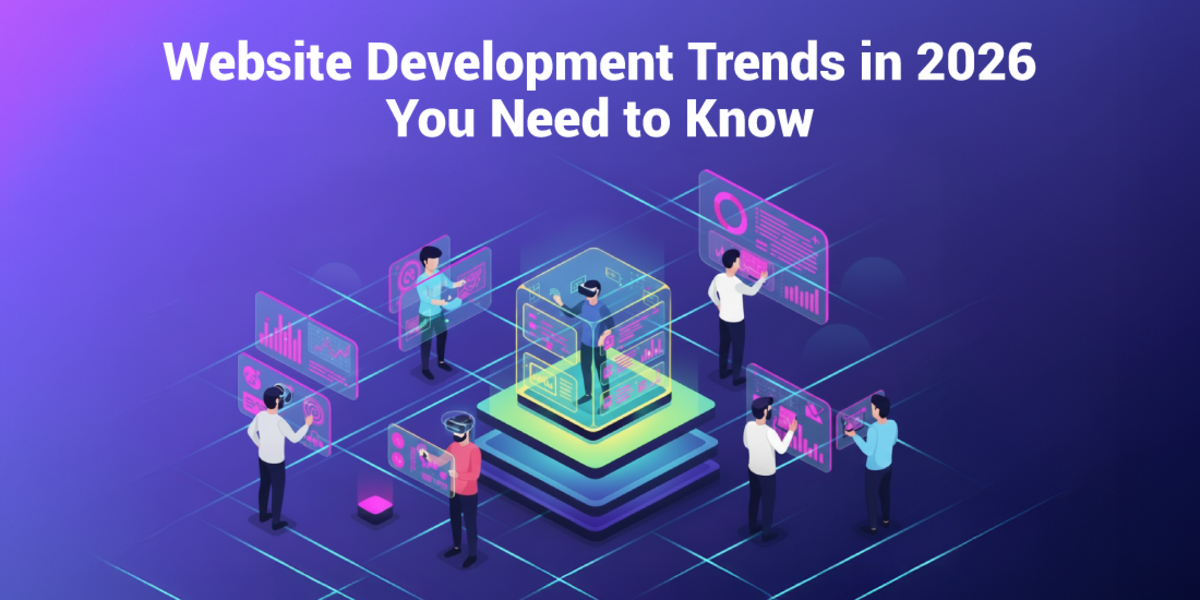How Facial Recognition and Biometrics are Revolutionizing
- By Sumayya Mahin
- 29-04-2020
- Artificial Intelligence

Would you like to streamline your event in the most effective way?
How about using facial recognition tools? They are really taking the event world by storm as they solve a lot of challenges faced by event managers.
Here are some of the problems faced by event managers:
● Long queues leading to impatient attendees
● Unauthorized attendees
● Slow check in-process
● Ticket fraud
● Loss of attendee privacy
One radical answer to this pressing problem is facial recognition technology and it can most certainly address a good majority of problems that event managers faced in the past.
Just like facial recognition, biometrics is also becoming increasingly popular in several aspects of our lives. We have already been using biometrics to unlock the smartphone in our hands. We go through the security checkpoints at airports after scanning the biometrics in our ID cards, so this is not something new anymore.
Biometrics are pretty much like the security vaults that our ancestors used to keep their valuables secure. Our ancestors kept them under strict lock and key, and when the valuables became really massive and expensive, they used to hire a guard. Today, we don’t need guards, because biometrics does the job, not just to protect our valuables and expensive goods, but also to protect our privacy and personal information from fraudsters and hackers.
Biometrics is actually an umbrella term that’s used to combine different personal identification technologies that are considered unique and can be applied in several industries.
Biometrics can revolutionize events too. When an attendee turns up for your event, biometrics can let you know that it is the original person and not an imposter. And biometrics holds great promise not only for the way an attendee checks in but also to track attendees and their interests.
Biometrics can certainly transform the event industry, and they are used primarily for access and identification of attendees. Here are some key areas where biometrics and facial recognition can really make a difference to your events. Find best mobile app development company for your project.
1. Making the registration process a piece of cake
Event managers can use fingerprints, thumbprints, facial recognition, retina scan, iris scan, or voice analysis (the timbre of voice doesn’t change even when you age) to improve the registration process and enhance internal security at events. Facial recognition tools eliminate the need for additional desks, thereby eliminating extra cost and space at events. The attendee can just walk up to a kiosk with any smart device, show their face at their camera, be instantly identified, and just walk on.
Companies that haven’t collected biometric information from their attendees will have to collect the information before they can start using them at events. Once this is done, the attendees can register themselves using kiosks and can enter the venue directly without having to approach desks manned by human registration clerks. Walking in, the attendees can just sport wearables rather than pinning badges, and these wearables would gather data that event managers can use at future events.
2. Controlling event area access
With biometric identifiers, you can restrict access to certain areas effectively. This option offers multi-layered security by preventing unauthorized access by imposters into sensitive areas. Biometrics would also provide an audit trail of areas that were accessed, including controlled areas, so they can be easily monitored.
If a person enters a restricted area, he would have to go through multi-layered security protocols comprising one or more of the following:
● Password entry
● Fingerprint or facial recognition
● Swiping of ID card
● Video surveillance

3. Non-intrusive method of tracking sessions
It would be greatly helpful if you could track the sessions your attendees attend, and facial recognition is most definitely a non-intrusive way of doing that. You can place a tablet somewhere in the conference room or place cameras at strategic points to record people who enter and exit the rooms. The software records people, and the event information is then sent to the cloud where you can garner insights on what people liked and what content they prefer, so you can plan the content for your next event.
4. An insight into the emotional profiles of your guests
When you tailor an event to suit the interests of your attendees, it would help you create an engaging event with the largest turnout ever. By tracking the facial expressions, brain activity, eye tracking, and skin conductivity, it is possible to understand the psychological and emotional health of your attendees. When you monitor this in real-time, you can perceive their emotions in real-time, giving you the opportunity to tweak and make spontaneous changes in the event schedule that they are likely to embrace.
5. Personalization
Personalized event experiences are something your attendees will remember long after the event is over. While you capture the emotional profiles of your attendees, you also have their demographics and an insight into how they react and respond to different stimuli. Capture all this information in real-time and you can give them a unique, engaging, personalized event experience. This also lets you arrange customized attendee booths without ever having to ask for their preferences, which will make them feel special and cared for.
Conclusion
Biometrics and facial recognition will continue to make waves in the event industry, thanks to their efficiency in crafting the best experience for the attendees and the incredible competency it provides for the event managers. Technology is ever-evolving, and the accuracy and speed with which these metrics can measure attendees’ faces against thousands of people attending the same event is impeccable. The face search actually happens in milliseconds!
If you are interested in knowing more about how these two key features can change your event forever, get in touch with us at Eventorg.


.jpg)


